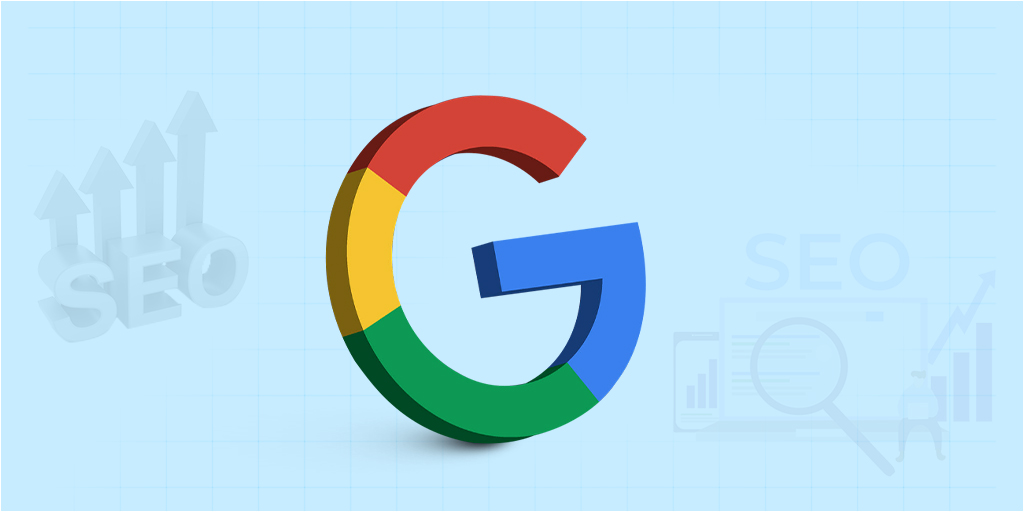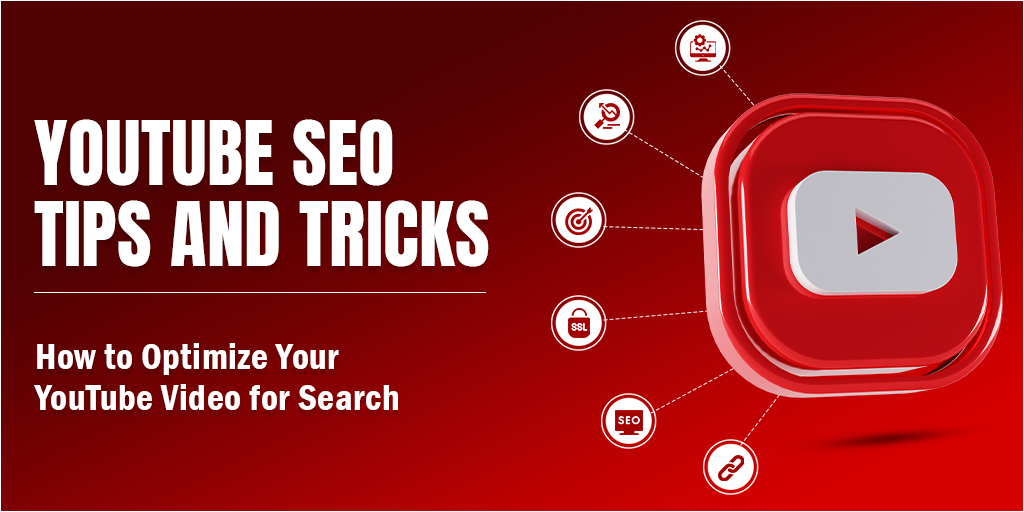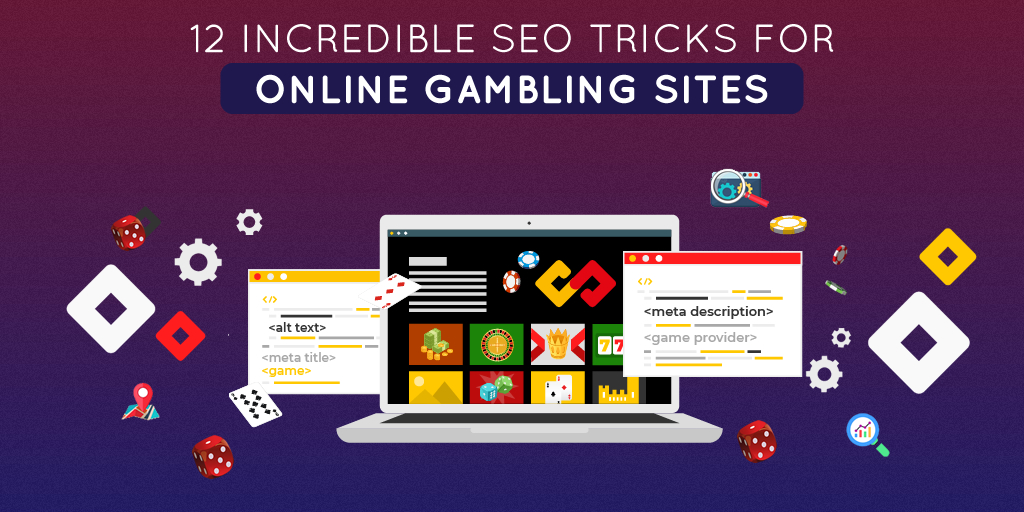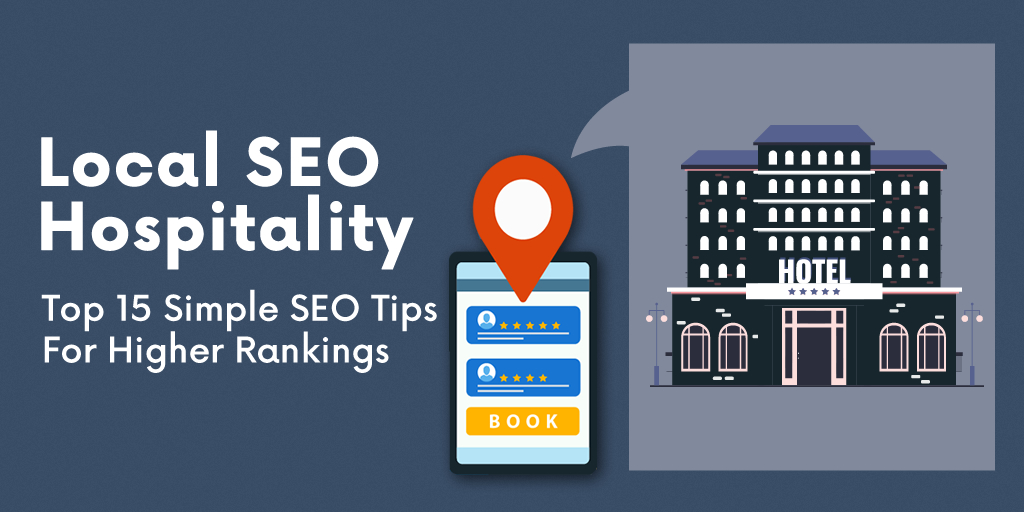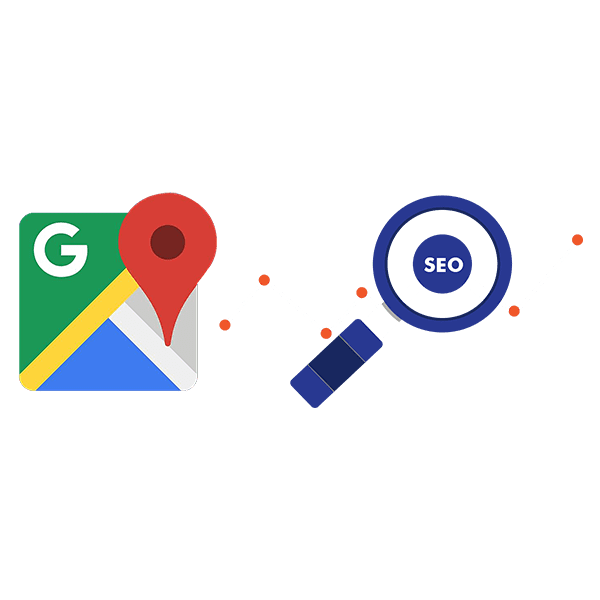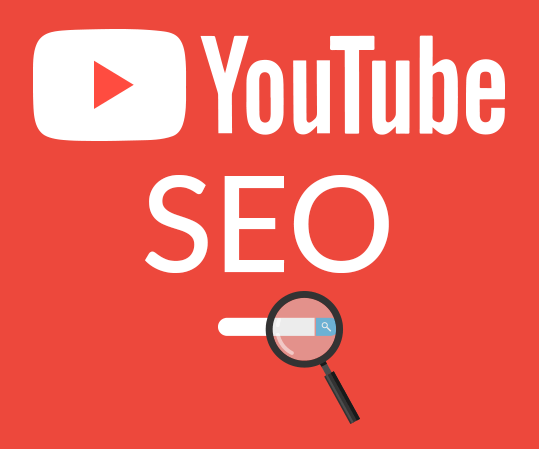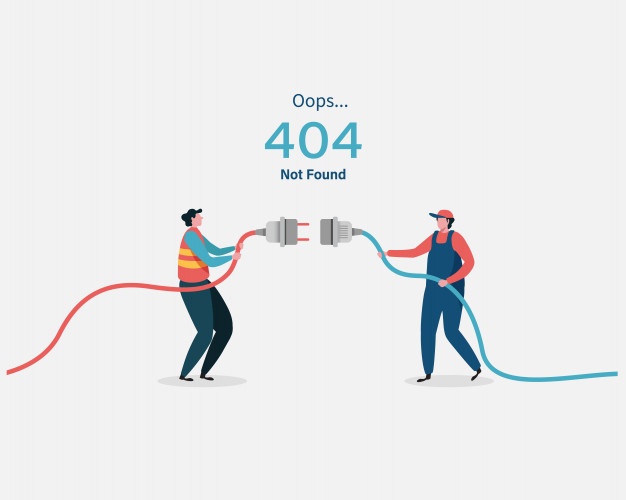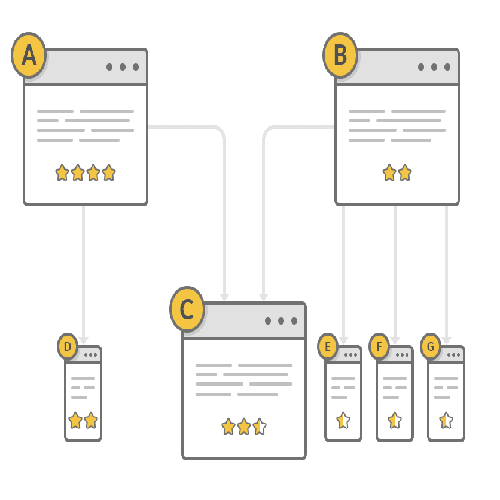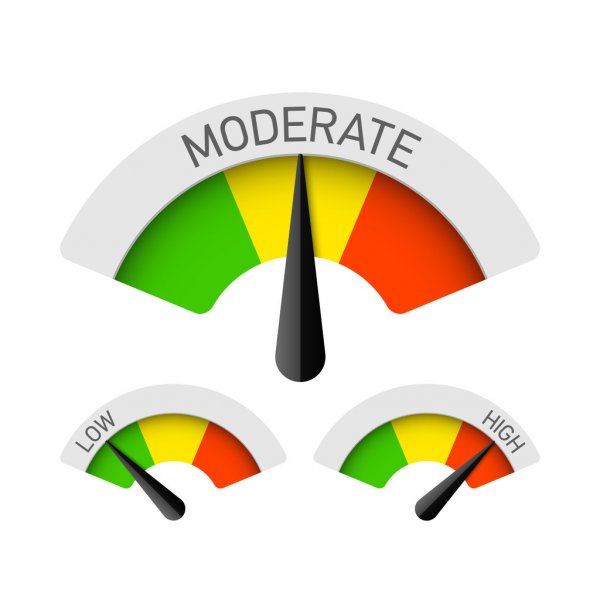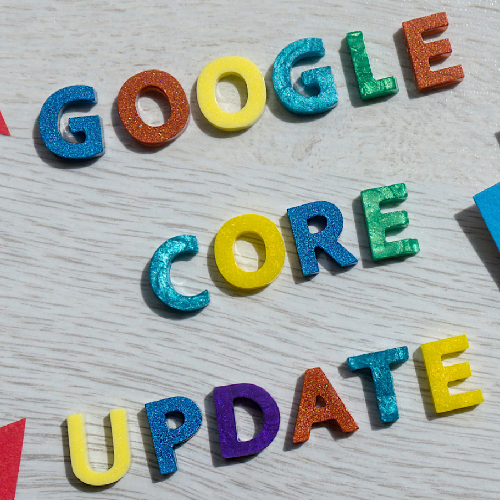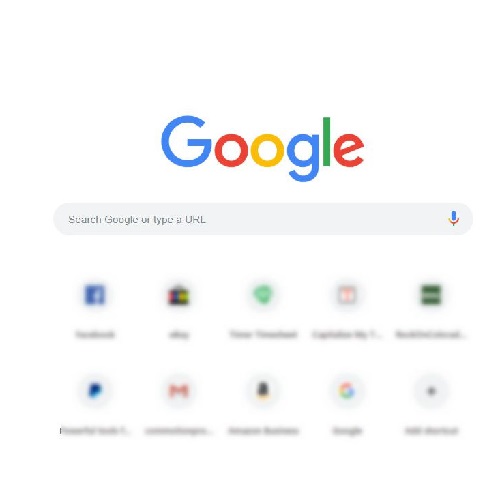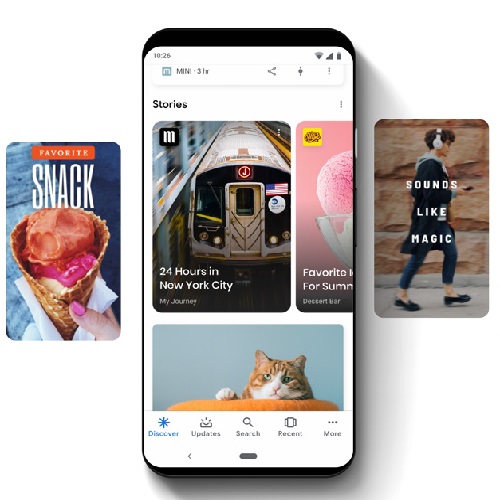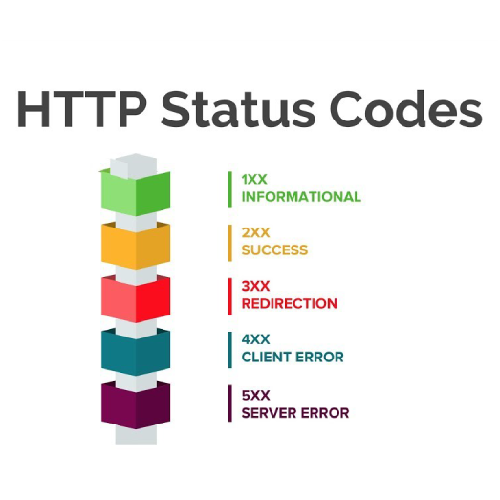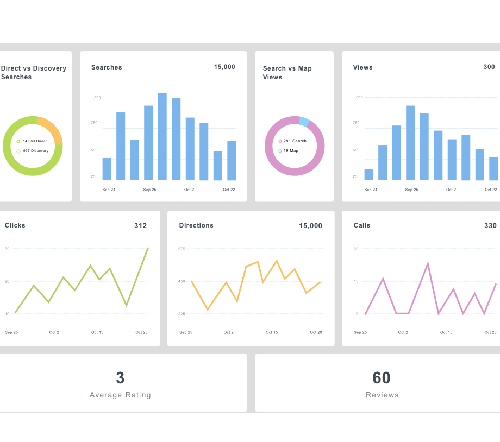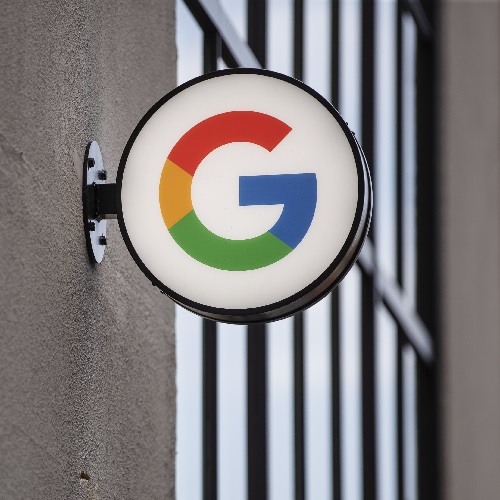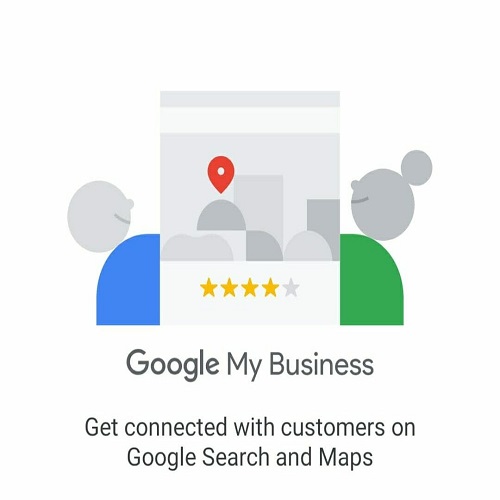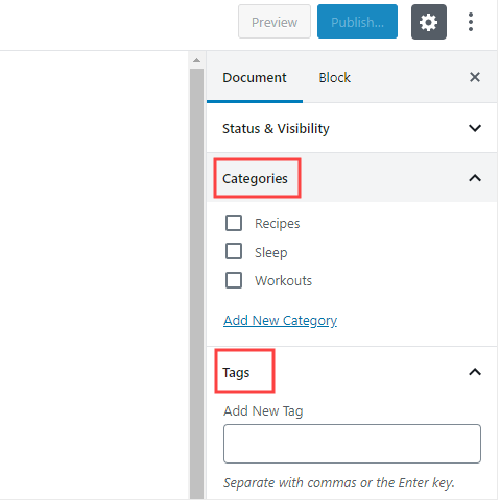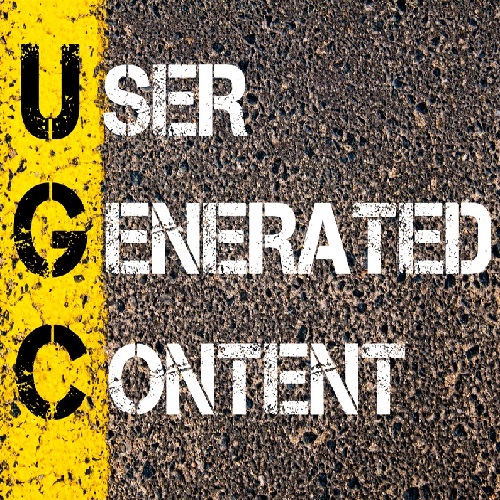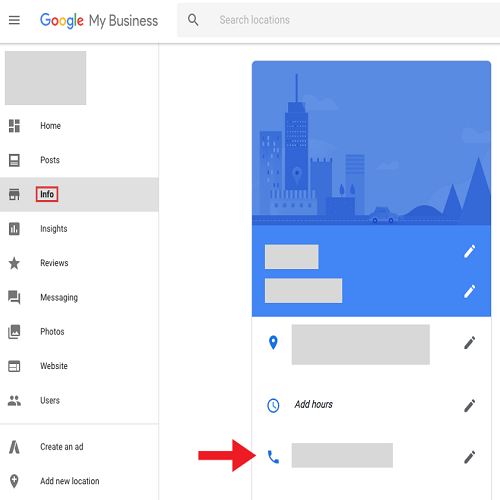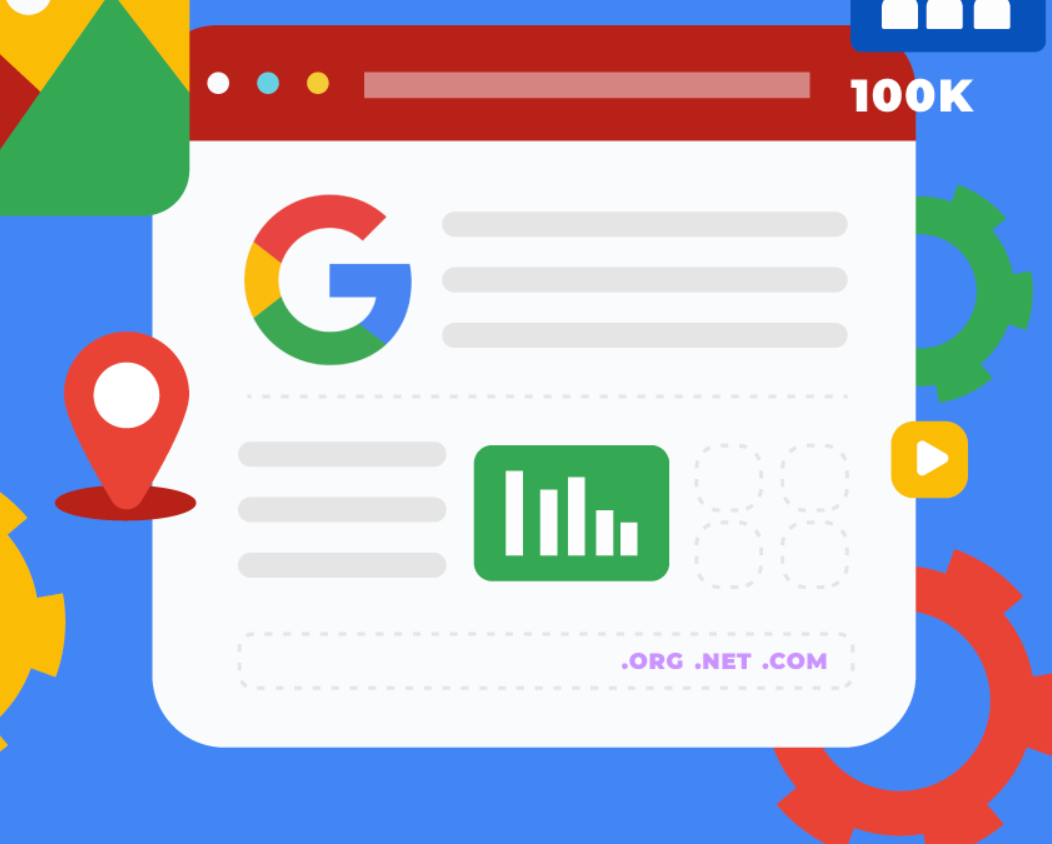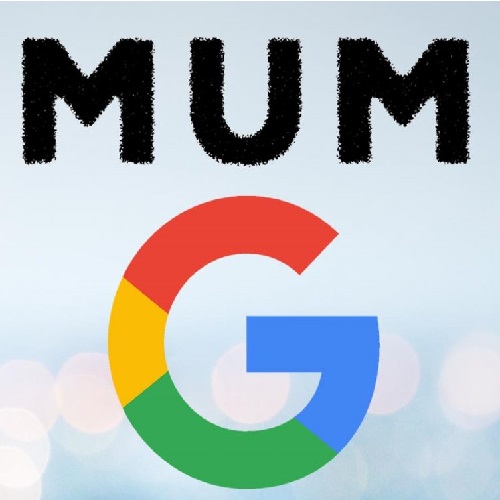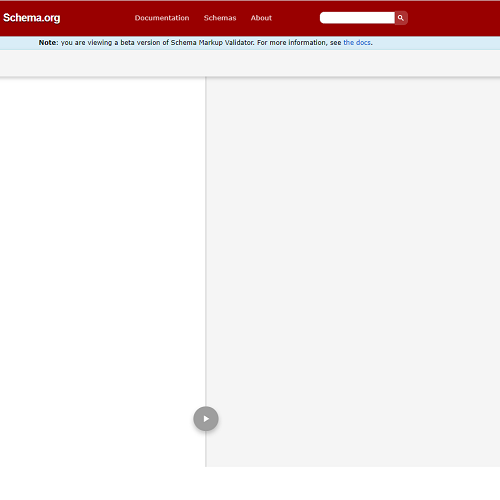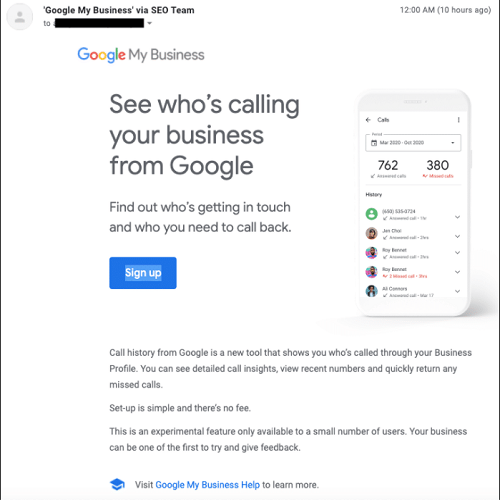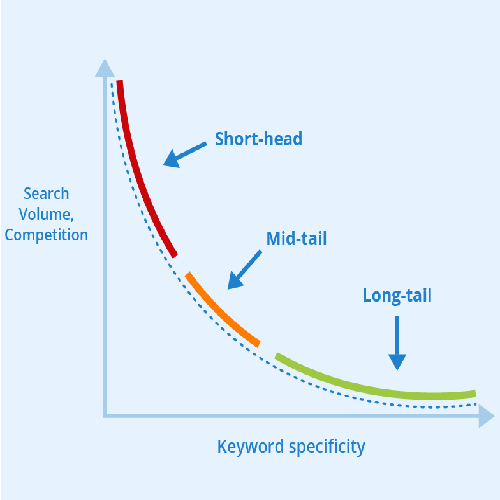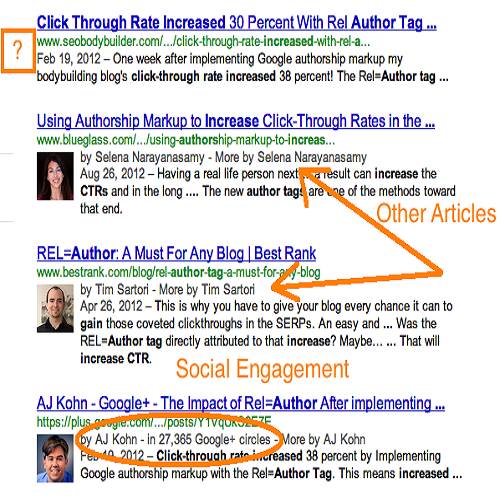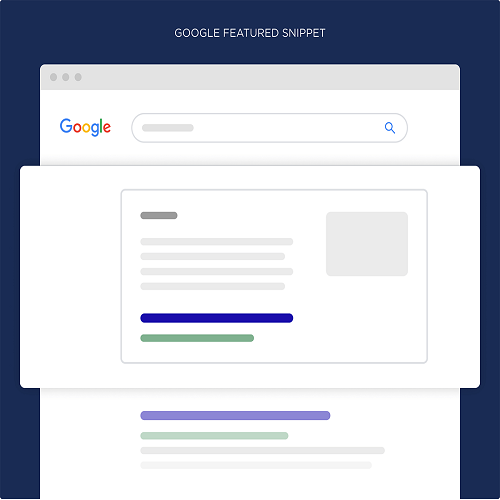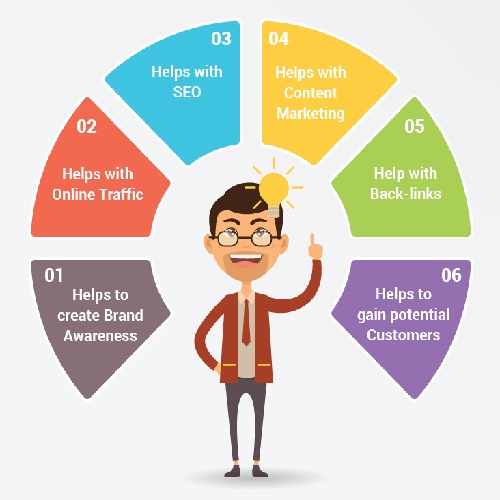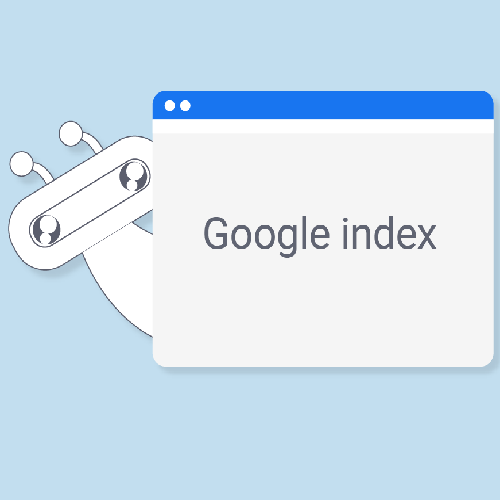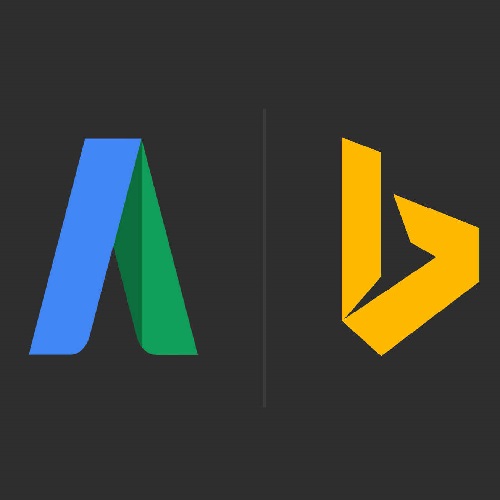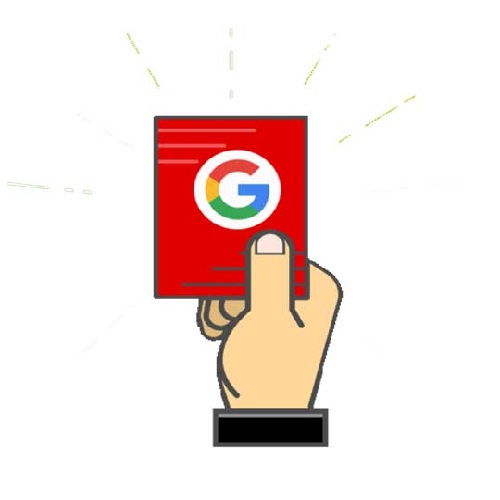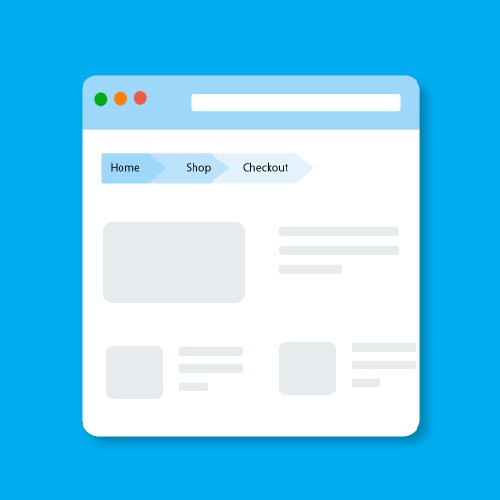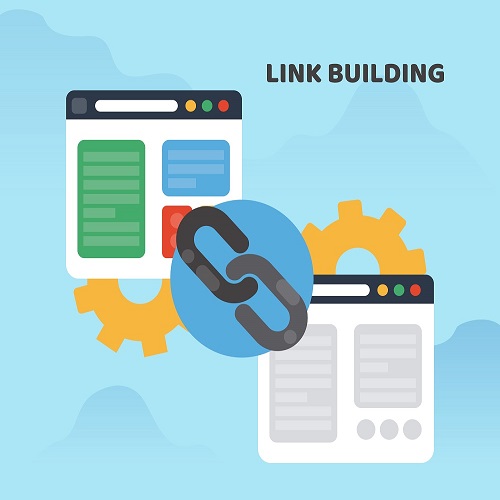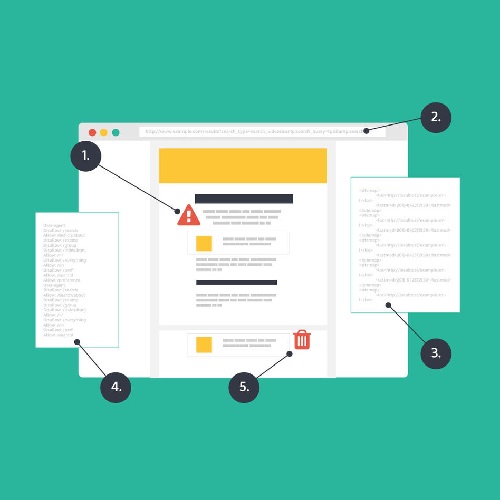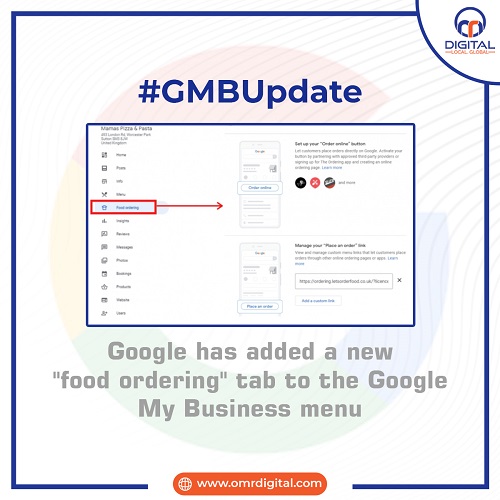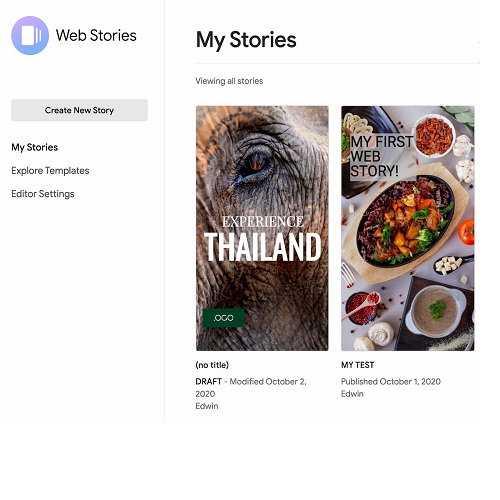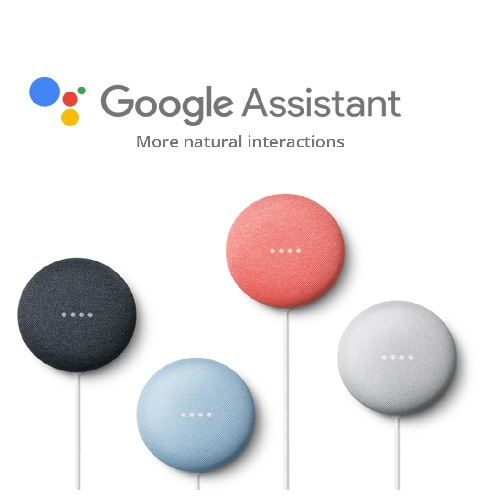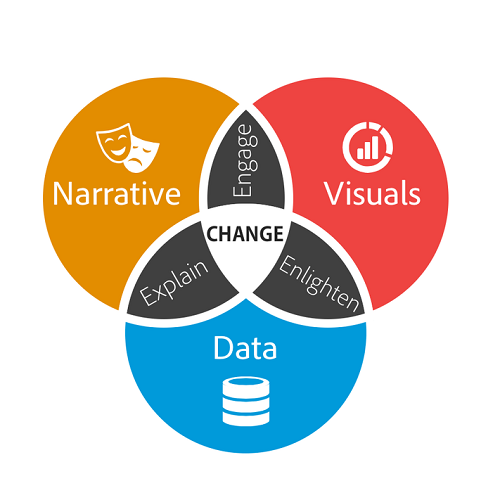
Contact Us
Related Posts
Category
Keywords strategy and topics are often assigned to particular stages of consideration or a customer journey funnel when creating SEO content. That’s a good place to start, and it often leads to the next step of mapping the web to the appropriate pages and parts. There are some important considerations we need to get correct for certain topics and words that most instinctively suit your blog. Your Blog keyword strategy should complement your overall SEO efforts. The seven tips for How to build a keywords strategy for your blog content using a smarter, data-driven approach are–
- Have a clear idea of what you want your blog to accomplish.
First and foremost, it’s critical to realize that keyword targeting refers to keyword purpose. It will be extremely difficult to rate a blog post on the term, despite the fact that it receives nearly 10,000 monthly searches. Instead, you should give it a shot because it suits the searcher’s aim. Brush up on intent and how it manifests itself in the words, phrases, and topics you’re after. This will assist you with the overall intent and content hierarchy of your web, including the blog.
- Determine where the blog should be placed inside the funnel
Why are people visiting the blog now (irrespective of the source of traffic)? What motivates you to invite them? What role does your blog content play in achieving your marketing and website conversion goals?
It’s likely that your blog posts aren’t generating a lot of direct sales and/or leads. If you’re receiving them and have a direct response and buying plan in place, that’s even better. Your blog is more than likely to aid the top of the funnel. Blogs are an obvious place to start if you’re looking for information on a particular subject, want to ask a question, or want to learn something new. As a result, the site visitor may not be aware of the brand. Draw a diagram of where the blog currently sits in the consumer path and natural funnel, as well as what you want it to do in the future.
- Use thought leadership to your advantage
Make sure your blog is tuned toward thought leadership content if it supports the top of the funnel. That is to say, rather than selling, this means assisting others (much). There are exceptions, such as when someone is trying to purchase something right now or is in the process of purchasing services. To help the top (and ideally middle and bottom) of the funnel, use your blog content to answer questions, be a resource, and demonstrate leadership in your industry, regardless of your conversion goals.
- Pay attention to the “long tail” of the company
Consider the preceding illustration. That’s a very general definition. Without a lot of other influences, we won’t be able to write an article that ranks for that subject. Is that the best place to send traffic, even though we achieved the top ranking for that term for our post? Are we able to meet the needs of all searchers and their goals for that term? A product or service page, a section of pages, and rich content as a resource in an evergreen format are likely to be the best options for that word. The blog can then be used to promote that subject and attract visitors who are looking for long-tail keywords that are relevant to it.
Although the blog can endorse common words and subjects, it is not the primary location where we target them. When it comes to the blog’s traffic potential, consider the number of many. This blog is where we respond to questions and collect traffic from dozens, hundreds, or thousands of long-tail keywords. They have a lower search volume, but when combined, it adds up to a lot.
- Obtain executive support for a blog budget
Maybe you’ve recently received SEO funding. Content is now demanded by SEO. Weeps. Content isn’t always factored into an SEO budget, particularly if these disciplines are still considered separate. Demonstrate how SEO needs various types of web material, including the blog, to sustain it. Demonstrate how it gets people to convert from the first experience to conversion. It’s ideal if you can incorporate the production of blog content into your SEO budget. Bring your funnel together with the keyword opportunities that are actually being overlooked whether you need to sell it to your manager, partners, or clients as a separate line item or add-on. Include how the rivals are gaining an advantage. Those three points should persuade you to invest in a long-term blog keyword strategy and the content creation that goes along with it.
- Create a content calendar based on your keyword strategy
It’s fantastic if your company or client already has a content schedule and a regular process for creating blog content. Find a way in as an SEO expert to help with the strategy. Learn how topics are chosen and the timetable for production. Check to see if you can come up with a keyword strategy for the current flow of information. Also, look for areas where you can implement SEO priorities:
- Share keyword-optimized blog writing best practices.
- Prepare a plan for your high-priority subjects.
- Make a short-term and long-term strategy.
- Make a list of accomplishments and congratulate yourself on them.
- How Do You Know If Your Keyword Strategy for Your Blog Is Working?
We need to describe wins while we’re talking about them. Set up your reporting and attribution to see the whole funnel, including how various sites, sessions, and styles of content are initiating and ending conversions. Measure the consistency of your blog content over time by capturing benchmarks. Analyze singular catchphrases, blog content normal area, traffic, and transformations (tied straightforwardly to blog entries just as further down the excursion and channel). Maintaining a focused and segmented view of blog success within the context of your overall SEO strategy and funnel will help you justify and, ideally, increase your blogging budget.
Conclusion
It’s critical to maximizing the blog’s value for SEO, whether you’re trying to justify and scale up a blog or already have a well-oiled blogging machine in your organization. For the blog, concentrate on the bigger picture and keyword intent. So that your blog keyword plan pays off, get the strategy and investment level just right.

Keywords strategy and topics are often assigned to particular stages of consideration or a customer journey funnel when creating SEO content. That’s a good place to start, and it often leads to the next step of mapping the web to the appropriate pages and parts. There are some important considerations we need to get correct for certain topics and words that most instinctively suit your blog. Your Blog keyword strategy should complement your overall SEO efforts. The seven tips for How to build a keywords strategy for your blog content using a smarter, data-driven approach are–
- Have a clear idea of what you want your blog to accomplish.
First and foremost, it’s critical to realize that keyword targeting refers to keyword purpose. It will be extremely difficult to rate a blog post on the term, despite the fact that it receives nearly 10,000 monthly searches. Instead, you should give it a shot because it suits the searcher’s aim. Brush up on intent and how it manifests itself in the words, phrases, and topics you’re after. This will assist you with the overall intent and content hierarchy of your web, including the blog.
- Determine where the blog should be placed inside the funnel
Why are people visiting the blog now (irrespective of the source of traffic)? What motivates you to invite them? What role does your blog content play in achieving your marketing and website conversion goals?
It’s likely that your blog posts aren’t generating a lot of direct sales and/or leads. If you’re receiving them and have a direct response and buying plan in place, that’s even better. Your blog is more than likely to aid the top of the funnel. Blogs are an obvious place to start if you’re looking for information on a particular subject, want to ask a question, or want to learn something new. As a result, the site visitor may not be aware of the brand. Draw a diagram of where the blog currently sits in the consumer path and natural funnel, as well as what you want it to do in the future.
- Use thought leadership to your advantage
Make sure your blog is tuned toward thought leadership content if it supports the top of the funnel. That is to say, rather than selling, this means assisting others (much). There are exceptions, such as when someone is trying to purchase something right now or is in the process of purchasing services. To help the top (and ideally middle and bottom) of the funnel, use your blog content to answer questions, be a resource, and demonstrate leadership in your industry, regardless of your conversion goals.
- Pay attention to the “long tail” of the company
Consider the preceding illustration. That’s a very general definition. Without a lot of other influences, we won’t be able to write an article that ranks for that subject. Is that the best place to send traffic, even though we achieved the top ranking for that term for our post? Are we able to meet the needs of all searchers and their goals for that term? A product or service page, a section of pages, and rich content as a resource in an evergreen format are likely to be the best options for that word. The blog can then be used to promote that subject and attract visitors who are looking for long-tail keywords that are relevant to it.
Although the blog can endorse common words and subjects, it is not the primary location where we target them. When it comes to the blog’s traffic potential, consider the number of many. This blog is where we respond to questions and collect traffic from dozens, hundreds, or thousands of long-tail keywords. They have a lower search volume, but when combined, it adds up to a lot.
- Obtain executive support for a blog budget
Maybe you’ve recently received SEO funding. Content is now demanded by SEO. Weeps. Content isn’t always factored into an SEO budget, particularly if these disciplines are still considered separate. Demonstrate how SEO needs various types of web material, including the blog, to sustain it. Demonstrate how it gets people to convert from the first experience to conversion. It’s ideal if you can incorporate the production of blog content into your SEO budget. Bring your funnel together with the keyword opportunities that are actually being overlooked whether you need to sell it to your manager, partners, or clients as a separate line item or add-on. Include how the rivals are gaining an advantage. Those three points should persuade you to invest in a long-term blog keyword strategy and the content creation that goes along with it.
- Create a content calendar based on your keyword strategy
It’s fantastic if your company or client already has a content schedule and a regular process for creating blog content. Find a way in as an SEO expert to help with the strategy. Learn how topics are chosen and the timetable for production. Check to see if you can come up with a keyword strategy for the current flow of information. Also, look for areas where you can implement SEO priorities:
- Share keyword-optimized blog writing best practices.
- Prepare a plan for your high-priority subjects.
- Make a short-term and long-term strategy.
- Make a list of accomplishments and congratulate yourself on them.
- How Do You Know If Your Keyword Strategy for Your Blog Is Working?
We need to describe wins while we’re talking about them. Set up your reporting and attribution to see the whole funnel, including how various sites, sessions, and styles of content are initiating and ending conversions. Measure the consistency of your blog content over time by capturing benchmarks. Analyze singular catchphrases, blog content normal area, traffic, and transformations (tied straightforwardly to blog entries just as further down the excursion and channel). Maintaining a focused and segmented view of blog success within the context of your overall SEO strategy and funnel will help you justify and, ideally, increase your blogging budget.
Conclusion
It’s critical to maximizing the blog’s value for SEO, whether you’re trying to justify and scale up a blog or already have a well-oiled blogging machine in your organization. For the blog, concentrate on the bigger picture and keyword intent. So that your blog keyword plan pays off, get the strategy and investment level just right.







